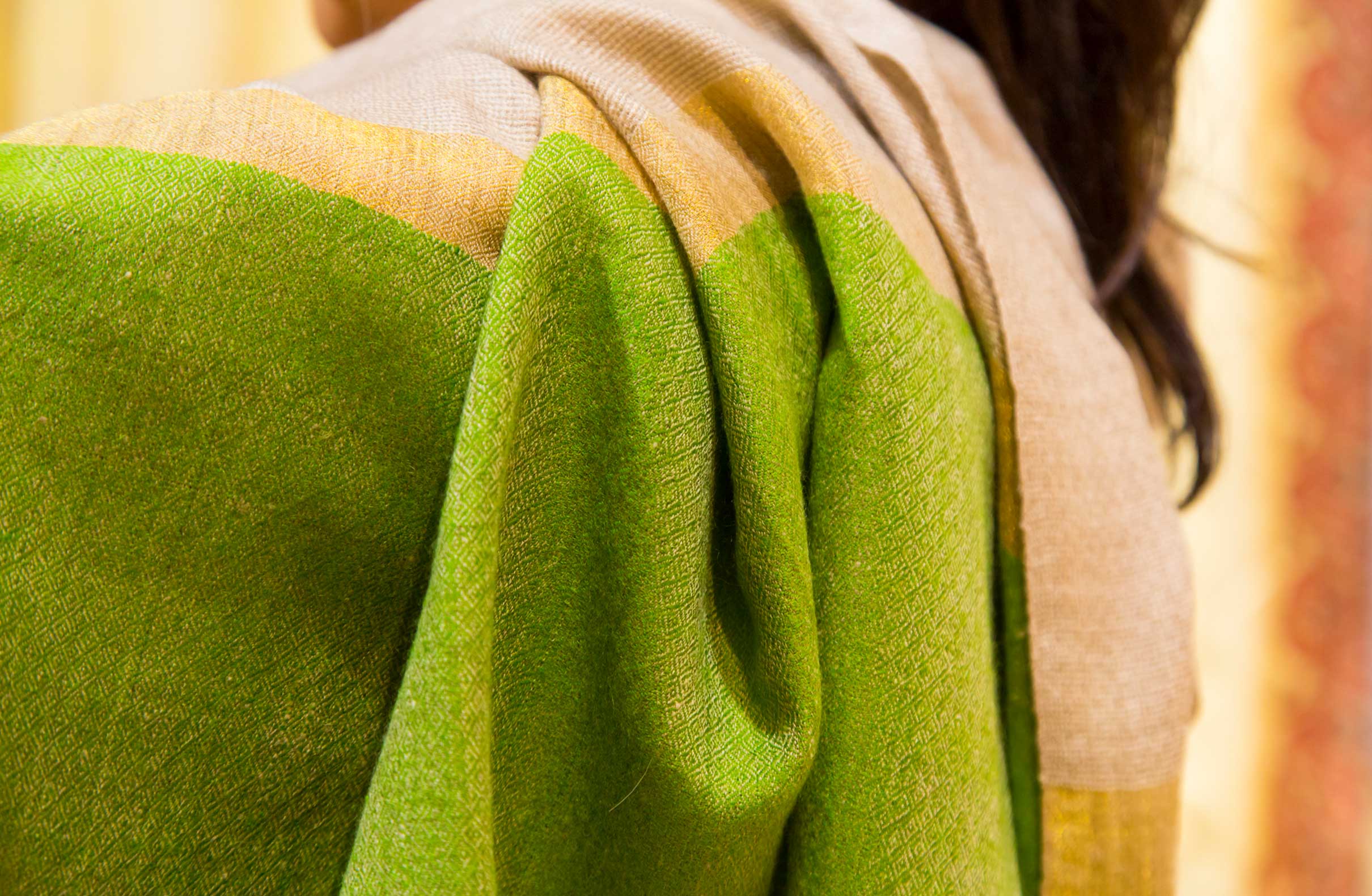
Life is fascinating in this era with all the technological advancement and we are doing things we would never imagine we’d do 30 years ago. The modern way of life and technology has made life incredibly convenient; in return, the convenience has cost the environment dearly. Our fast-paced, disposable, and replaceable lifestyle created a large amount of waste, and automated, modernized, and industrialized fashion production is no different.
“Fashion production makes up 10% of humanity’s carbon emissions, dries up water sources, and pollutes rivers and streams.” – Business Insider
Large scale, automated garment manufacturing has transformed the fashion industry to the core. Every step of the procedure, from spinning, fabric cutting to weaving, is designed to be low-cost and machine compatible. Big productions and machine-based manufacturing often find to be more wasteful – the end-of-roll fabric too small to feed the machine and the pressure to meet the production schedule, to name a few scenarios – contribute to higher wastage than smaller scale, handmade productions.
Sustainability and the fashion industry
Fashion brands have been encouraged to improve their supply chain transparency, and sustainable brands and manufacturers offer positive-impact products to consumers by using eco materials and ethical practices. From raw material to a complete product, every step in the manufacturing process plays a part and every decision has an impact.

Source: Tchibo Sustainability Report 2017
While sustainability is a multi-facet issue, there are a few areas that can help nature to recover and regenerate:
- Pollution control and reduction
- Carbon emission reduction
- Durability of product
- Fair treatment of workers
- Production wastage minimization or upcycling
Also Read: Polyester Allergy – Why we need to wear natural fiber scarves
The choice of material has a direct impact to the environment: natural material has a lower carbon footprint and does not release microplastic into the eco-system; clean non-toxic dye does not pollute the land and water stream; long-lasting products reduce the use of raw material, resources, and carbon emission; well-treated workers happier and can afford a healthier lifestyle; well-designed production to minimize wastage and give the unavoidable production byproducts a new life.
Consumers have also started to understand the impact of their decisions and look for products that represent their values through de-coupling from fast fashion and synthetics fabrics. Every support to the sustainable brands sends a message to the players in the fashion industry and grows the sustainable fashion community.
What about Pashmina?

Pashmina is a natural fiber collected from the Changthangi (Capra Hircus) goats that reside at the higher plateau of the Himalayas. Winters are bitter at the altitude of 3500 meters above the sea level, and the Changthangi goats have developed a long undercoat to sustain the -40 degree Celsius temperatures.
In spring, the goats are ready to shed the undercoat and pashmina fiber is collected through hand combing by the artisans. The fiber will then go through sorting and weighting before artisans hand-spin the fleece into one of the finest natural yarns in the world. Thespian yarn will undergo a process known as gluing in order to enhance the strength and durability before arriving at the weaving machine. A traditional, high-quality pashmina shawl can last for generations and is often considered as an heirloom piece, passing down the love and blessing from one generation to the next.

The proper production of pashmina is natural, organic, sans chemical, and without industrial mechanism. Every step along the way is done with utmost love and care by the artisans, who transformed the nature’s best gift into a soft, flexible, and durable textile in a slow fashion manner.
The production waste is minimal as each strand of fiber is a treasure and is best utilized by the artisans with their years of wisdom. Ethical production also means the artisans’ livelihood and health are protected by receiving a fair wage and using non-toxic dyes. However, not all pashmina is created the same – it is important to know the companies’ standards and ethics and find out whether they are a responsible and sustainable producer.
A well-made and well-loved pashmina is a sustainable luxury item that brings positive impacts. In this way, ethical pashmina demonstrates how man and nature can coexist in harmony.